7 Most Common Cat Noises and Their Meaning
20.02.2022.
Cats and humans share many things, and one of them is the ability to communicate. Cat owners know their cats make all sorts of noises. However, if you’re not an experienced cat owner, knowing what these cat noises mean can be challenging. New cat owners might have problems deciphering the exact message their cat is trying to tell them (at least we had that problem). Luckily, World Cat Finder is here to help!
We bring you the 7 most common cat noises and their meaning.
1. Meow
The first and most famous cat noise is the Meow. This cat sound can be very specific to each cat. It is widely believed that the meow is a random sound cats learned to communicate with their owners. It can mean many different things, and it should always be analyzed according to the environment the cat is in. For example, a meow near a closed door might mean the cat wants to enter a room that is closed. A meow close to their owners might simply be a call for attention. Meows can mean a call for attention, playing, food, scratching, etc.
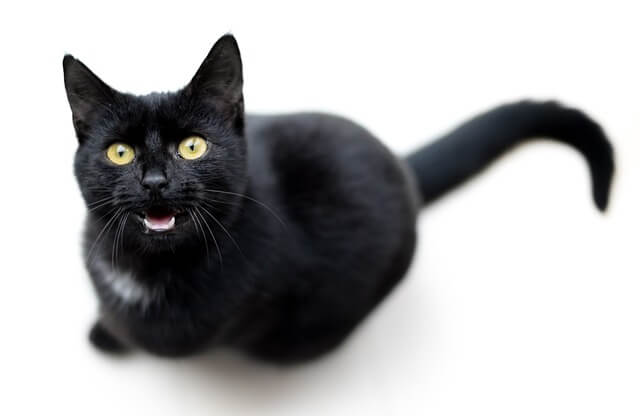
2. Purr
The purr is a low rhythmic sound cats emit. They produce the sound without opening their mouths. Most cat owners believe purring is connected with pleasant emotions and feelings. For example, cats purr when they knead, cuddle, or rub themselves against objects. However, cats can also purr while at the vet’s or in pain. Some cats purr while they’re sick, and vets reported cats purr when they’re on the brink of death. It is widely believed that purring is connected to intense emotions, both pleasant and unpleasant.
3. Hissing
Cats that are defending themselves will hiss at a perceived threat. For example, if a cat is backed in a corner by a dog, it will open its mouth and let the air out in a brisque way making a hissing sound. The sound cat produces is close to a whistle and will last only about a second. It should be considered the last warning before the cat goes on the attack with its sharp claws.
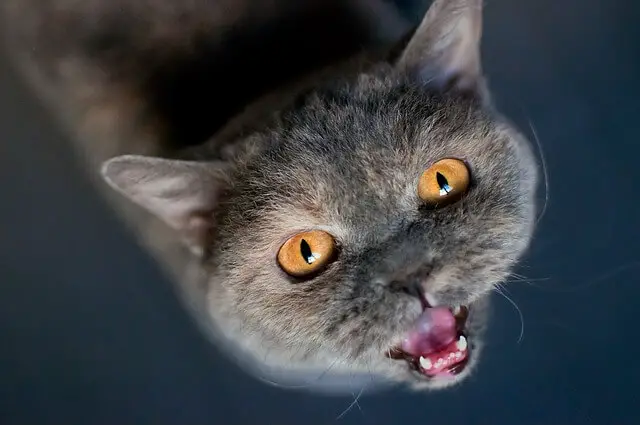
4. Chatter
This is a sound many cat owners get surprised by. A chatter is difficult to explain, but owners say it is impossible to forget once you hear it. The cat will produce this sound while being intensely focused on prey it cannot reach. For example, if a cat sees a prey, but there is an impenetrable barrier between them, you might hear it chatter. The cat will produce this sound by trembling its jaws. It can be described as a series of high-pitched tones. Researchers believe this sound is connected to strong excitement and possible frustration of not being able to reach the thing it wants to reach.
5. Trill
Trill is a very “positive” sound cats make. Trill is a sound between meowing and purring. It is another sound cats can produce without opening their mouths. Trill has an ascending tone and lasts less than a second. Kittens use this sound to greet their moms, and cats use it to greet their kittens. Even adult cats use it to greet their companions and owners. This is considered a happy sound cats only make while in a good mood.
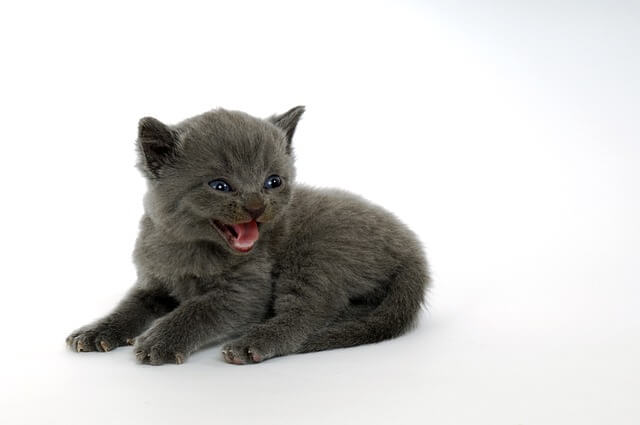
6. High-pitched distress meow
This is a sound kittens produce during their kittenhood. It can be best described as a high-pitched meow used as a warning sound to the kitten’s mother. The kitten is in distress and calls its mother for help. For example, kittens cannot regulate their body temperature for the first 4 weeks of their lives. If they’re left alone for too long, they will get cold, which means they will start producing this sound to get their mother to come to them. Sometimes, kittens can get trapped under the mother, which is when they will make this long-lasting, high-pitched meowing distress call. Cats understand these distress calls perfectly and will react to them immediately.
FUN FACT: There is a belief that deaf cats make bad mothers. That belief is actually true for one simple reason - they cannot hear the kitten’s distress call.
7. Mating calls
All animals have the urge to mate and further their species. Cats need to attract their mating partners, and they do it by calling out for them. Male and female cats will produce a prolonged and intense moaning sound whose only goal is to attract the opposite sex. Male cats also use this call to warn other males to stay away from their territory. It can be pretty overwhelming, which is why many cat owners decide to sterilize their cats. Once the procedure is done, the mating calls should stop.
World Cat Finder Team

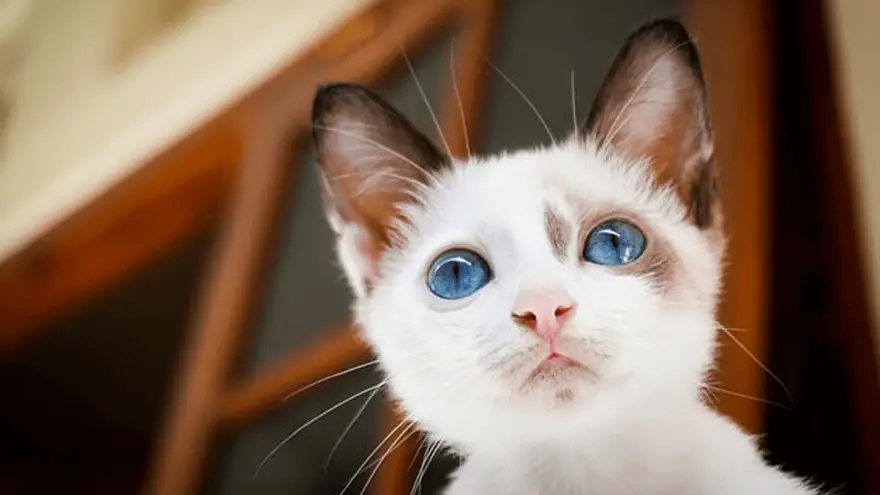
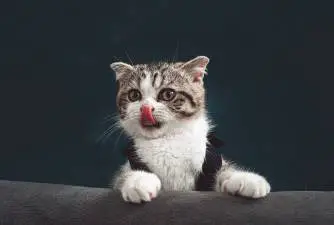

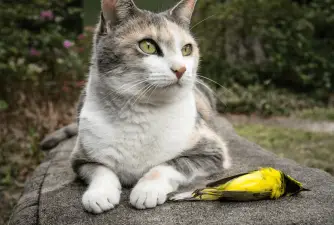


Share